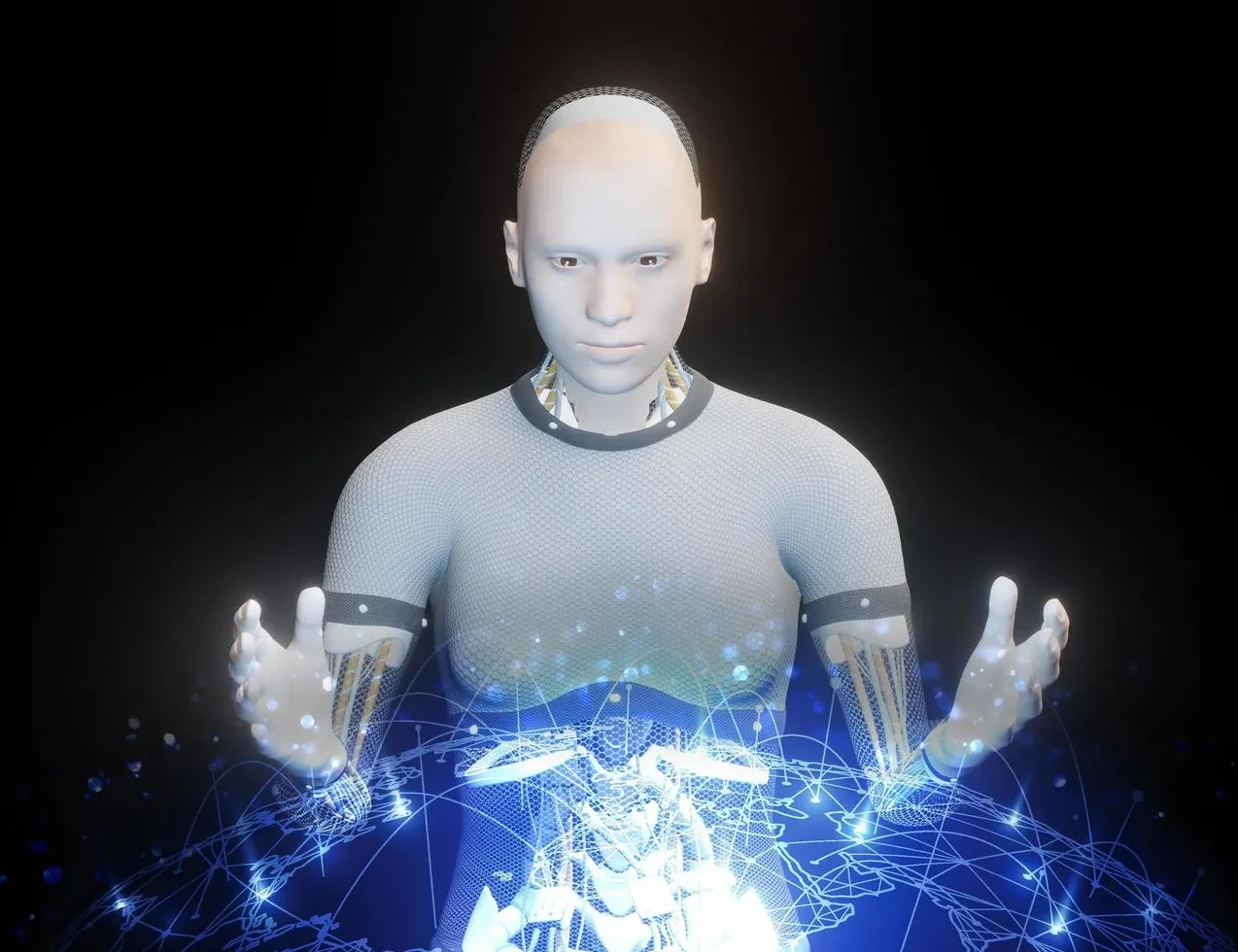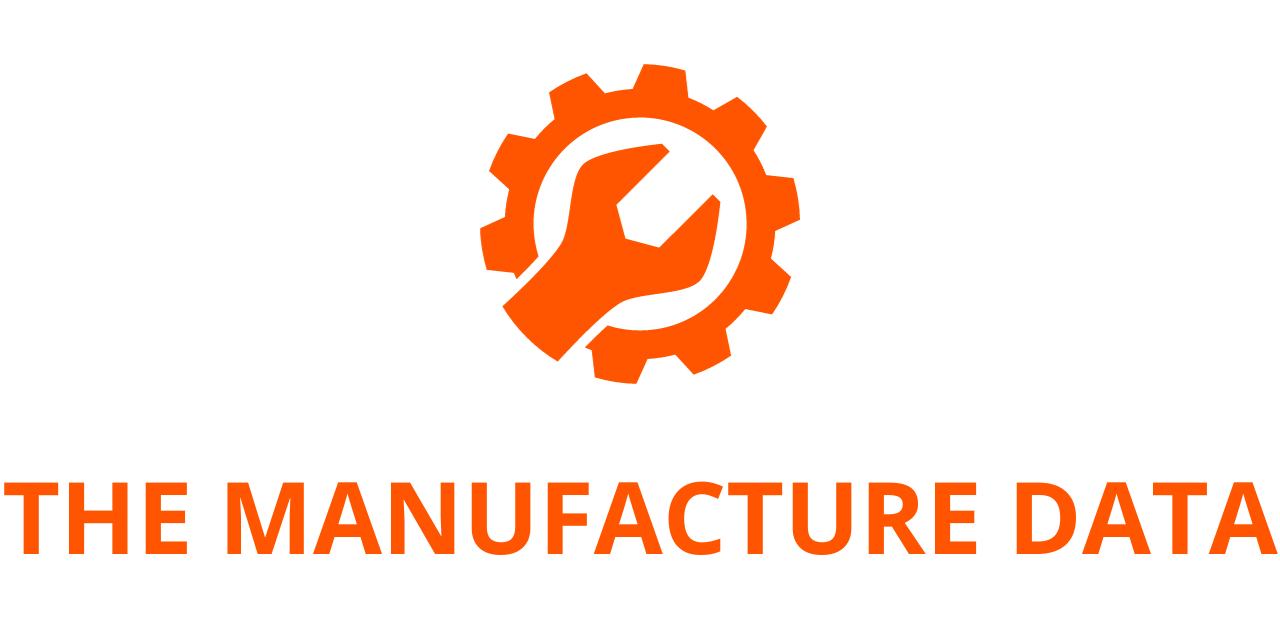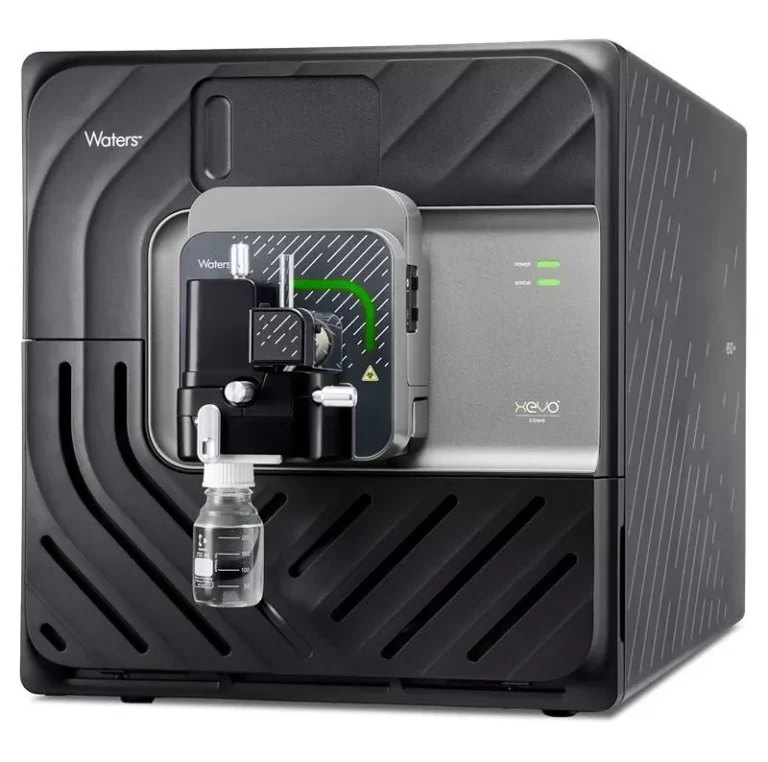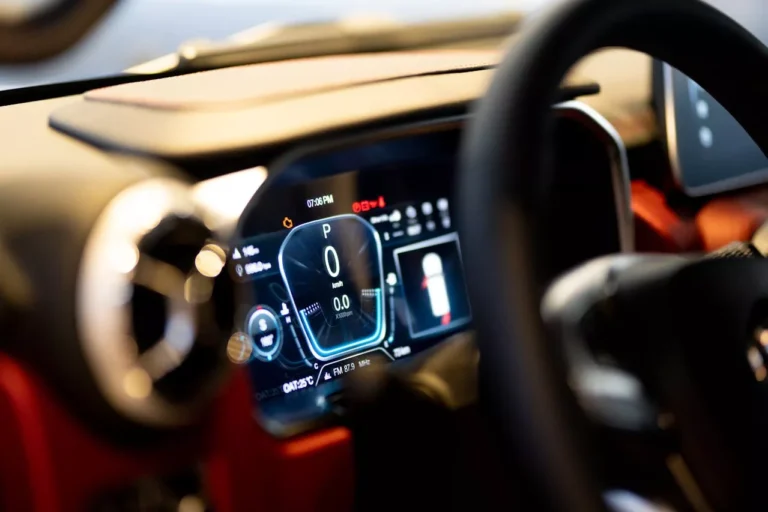
ADI and NVIDIA Jetson Thor Pave the Way for Physically Intelligent Humanoids
Humanoid robots are steadily moving from research labs into real-world environments, and their success increasingly depends on combining physical intelligence with advanced reasoning. With the recent announcement of the general availability of NVIDIA Jetson Thor, Analog Devices, Inc. (ADI) has revealed how it is leveraging this breakthrough to accelerate the evolution of humanoids and autonomous mobile robots (AMRs).
By integrating ADI’s proven edge sensing, precision motion control, power integrity, and deterministic connectivity with Jetson Thor’s unprecedented compute capabilities, Holoscan Sensor Bridge, and Isaac Sim simulation platform, the companies are building a pathway that allows robots to progress from digital design and training to large-scale deployment.
A New Benchmark for Physical Intelligence
NVIDIA Jetson Thor represents a leap forward for robotics. Equipped with a NVIDIA Blackwell GPU, a powerful transformer engine, Multi-Instance GPU (MIG) technology, a 14-core Arm Neoverse V3AE CPU, and up to 128 GB of LPDDR5X memory, it delivers server-class AI compute — 2070 FP4 TFLOPS — in a mobile-friendly power envelope. Its high-throughput I/O, including four 25 GbE interfaces, ensures it can process and fuse dense multimodal sensor data in real time.
This is the first platform capable of running robotics foundation models at scale. These models extend beyond perception, enabling reasoning and physical intelligence that allow humanoids to interact with the physical world more naturally. ADI’s focus on precision sensing, perception, control, and connectivity ensures that the reasoning capabilities of Jetson Thor can be translated into precise, reliable real-world actions.
Paul Golding, Vice President of Edge AI at ADI, emphasized this synergy:
“For the first time, robots can understand complex tasks. ADI delivers the precision physical substrate which, combined with NVIDIA Jetson Thor’s reasoning, responds to real-world physics in real time. Together, we’re taking humanoids from simulation to shift-ready deployment.”
Foundation Models Unlock Real-Time Reasoning
Robotics foundation models mark a transformative shift for humanoids. By compressing decades of research challenges into integrated, multimodal AI systems, they enable robots to achieve dexterous, human-speed manipulation while planning and adapting in real time.
For ADI, this creates a wide scope of opportunities. Each joint in a humanoid requires precise current, position, and torque control. Every point of contact demands accurate tactile feedback. Multiple perception nodes must be synchronized, with each node functioning as a complete signal chain. These demanding requirements align with ADI’s expertise in deterministic hardware and low-latency system design.
Bridging the Simulation-to-Reality (Sim2Real) Gap
One of the greatest challenges in robotics is ensuring that what works in simulation also performs reliably in the real world. ADI is embedding robotics foundation models into its hardware development stack, closing this Sim2Real gap. By designing hardware that behaves in NVIDIA Isaac Sim exactly as it does in physical systems, ADI enables teams to iterate faster and deploy with confidence.
This approach allows developers to train and refine digital twins at simulation speed, then transition seamlessly to real-world systems where ADI hardware and Jetson Thor provide the backbone for reasoning-enabled robotics.
What ADI Brings to Humanoids
ADI plays a critical role in enabling physically intelligent humanoids:
- High-fidelity sensing: From tactile sensors to depth cameras, high-accuracy IMUs, joint encoders, and multi-axis force/torque sensors, ADI technologies capture detailed contact and proprioception data.
- Precision motion and safe power control: Drivers, advanced magnetic sensors, and torque controllers ensure reliable and energy-efficient actuation.
- Deterministic connectivity: Time-synchronized data paths and Holoscan integration guarantee low-latency communication between sensors and Jetson Thor’s compute resources.
- Simulation fidelity: ADI’s high-quality sensor models in Isaac Sim allow for realistic testing and policy training before real-world deployment.
Mapping ADI’s Robotics Stack to Jetson Thor
The integration of ADI’s technologies with Jetson Thor ensures a streamlined and powerful robotics platform:
- Holoscan Sensor Bridge enables deterministic ingest with NVIDIA JetPack 7, streaming synchronized ADI sensor and actuator data into Jetson Thor with minimal latency.
- 4×25 GbE interconnect maintains high-throughput, time-aligned fusion across multiple body parts and perception systems.
- 2070 FP4 TFLOPS compute supports foundation models like NVIDIA Isaac GR00T alongside reasoning systems, enriched with ADI’s sensor inputs.
- MIG-based workload partitioning allows separate GPU slices for locomotion, grasping, perception, and reasoning, enhancing reliability and efficiency.
Golding described this partnership as essential for scaling humanoids:
“With NVIDIA Jetson Thor as the brain and ADI’s high-fidelity sensing and deterministic connectivity as the nervous system, we take robots from Isaac Sim to the factory floor with physical accuracy—faster.”
Future Applications of Reasoning-Enabled Robots
The demand for humanoids is rapidly increasing across logistics, agriculture, healthcare, and manufacturing. Early use cases include dexterous assembly in data centers and automotive factories, where precision and repeatability are paramount.
Beyond humanoids, the same high-fidelity sensing and connectivity stack applies to autonomous mobile robots (AMRs). ADI is already working with NVIDIA to integrate its sensors into cuVSLAM for navigation, enabling robots to operate effectively in dynamic environments.
Availability and Next Steps
- NVIDIA Jetson AGX Thor Developer Kit and Jetson T5000 are now available, with NVIDIA JetPack 7 support.
- ADI evaluation hardware and software are available through ADI’s robotics team, including early access to sensor models and tactile sensing solutions.
As ADI and NVIDIA deepen their collaboration, the industry is entering a new era of physically intelligent, reasoning-capable robotics—bringing humanoids closer to mainstream deployment.




